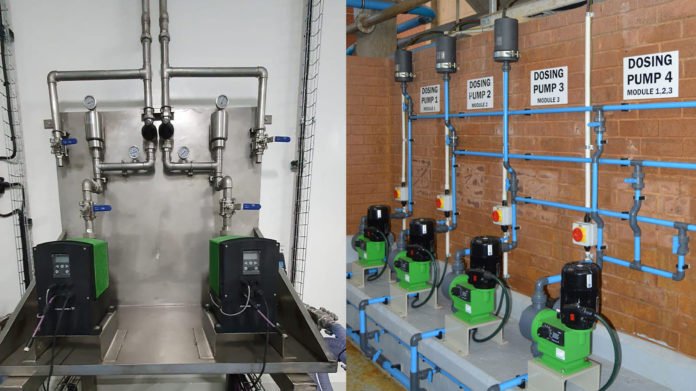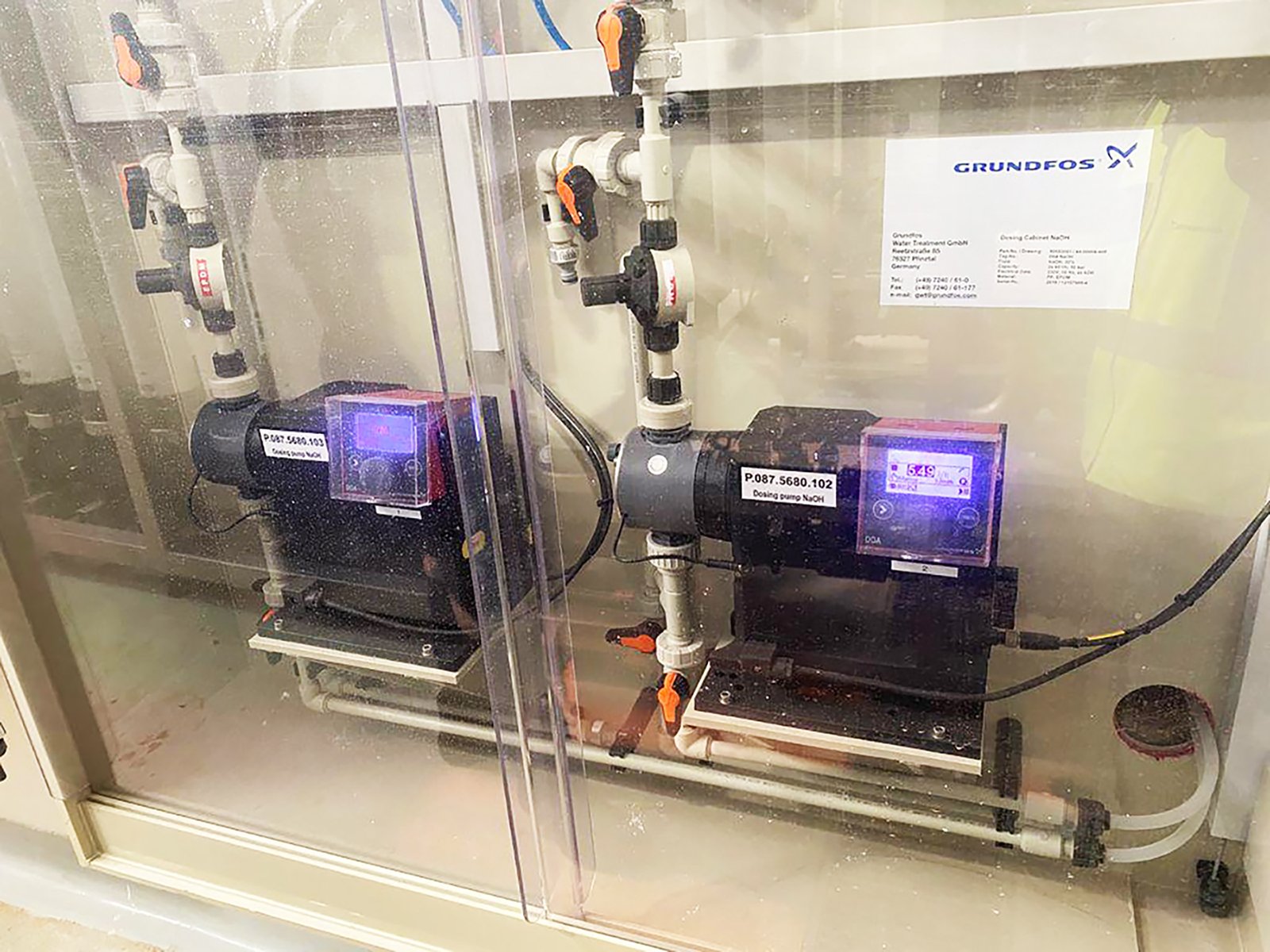
Dosing pumps play an important role in many industries from mining and wastewater treatment to pharmaceuticals and food production – and are available in a growing range of mechanical and digital options.
“Choosing the right pump starts with understanding the respective areas where mechanical and digital dosing pumps excel,” says Tshephang Sithole, sales engineer – water treatment at global pump specialist Grundfos. “While high flows and high pressures might be prioritised in some applications, for instance, other users need to focus on accuracy or remote-control functionality.”
Sithole points out that many industrial applications such as water treatment plants or mining will tend to need a robust solution that delivers large volumes of water at pressures of up to 150 bar. There are still certain automatic functions, though, depending on the configuration.

“While Grundfos’s basic range of mechanical dosing pumps requires an operator for most functions, our analogue relay (AR) range has additional features such as an automatic stop when the chemicals are depleted,” he says. “Furthermore, the D-range has servomotors to automatically set the stroke length, thereby adjusting the dosing flow.”
This is done with a 4-20 mA signal that can be remotely transmitted from a SCADA system or other digital input. Variable speed drives (VSDs) can also be fitted to these pumps, and the frequency can be adjusted up or down to vary the dose.
READ: Switzerland grants US $4M for water and sanitation in Niger
Digital dosing pumps, by contrast, come with a range of features that make them most suitable for automated plants or where higher levels of monitoring and control are required, including remote functions. Grundfos has been a pioneer of digital dosing for over 20 years.
“Automation functions are particularly valuable for companies who have plants in different parts of the country,” he says. “If loadshedding leads a pump to trip, for instance, an alarm will notify the user, and they can remotely reset and restart the operation.”

They are also preferred where accuracy of dosing quantities is prioritised, or where dosing volumes are very small. Some digital dosing pumps boast high turn-down ratios as low as 1:3,000, and can deliver pressures of down to 0,002 bar.
“They can even pick up leaks in the line, and will help prevent liquid losses by automatically alerting the operator,” he says.
The automatic de-aeration function is another valuable element in advanced digital dosing pumps, allowing them to detect and remove bubbles from a line. This is important as bubbles will impair the accuracy of dosing.




